This is old material I originally wrote in 2017. I’m re-posting here to archive.
Abstract
IdeasX is a system developed to disrupt the current state of assistive technology for individuals with severe motor disabilities. Leveraging IoT technology and software, IdeasX aims to provide a robust method of connecting individuals via wireless sensors to a plethora of devices: from desktops running industry standard assistive software to wirelessly enabled iRobots fostering participation in gym classes.
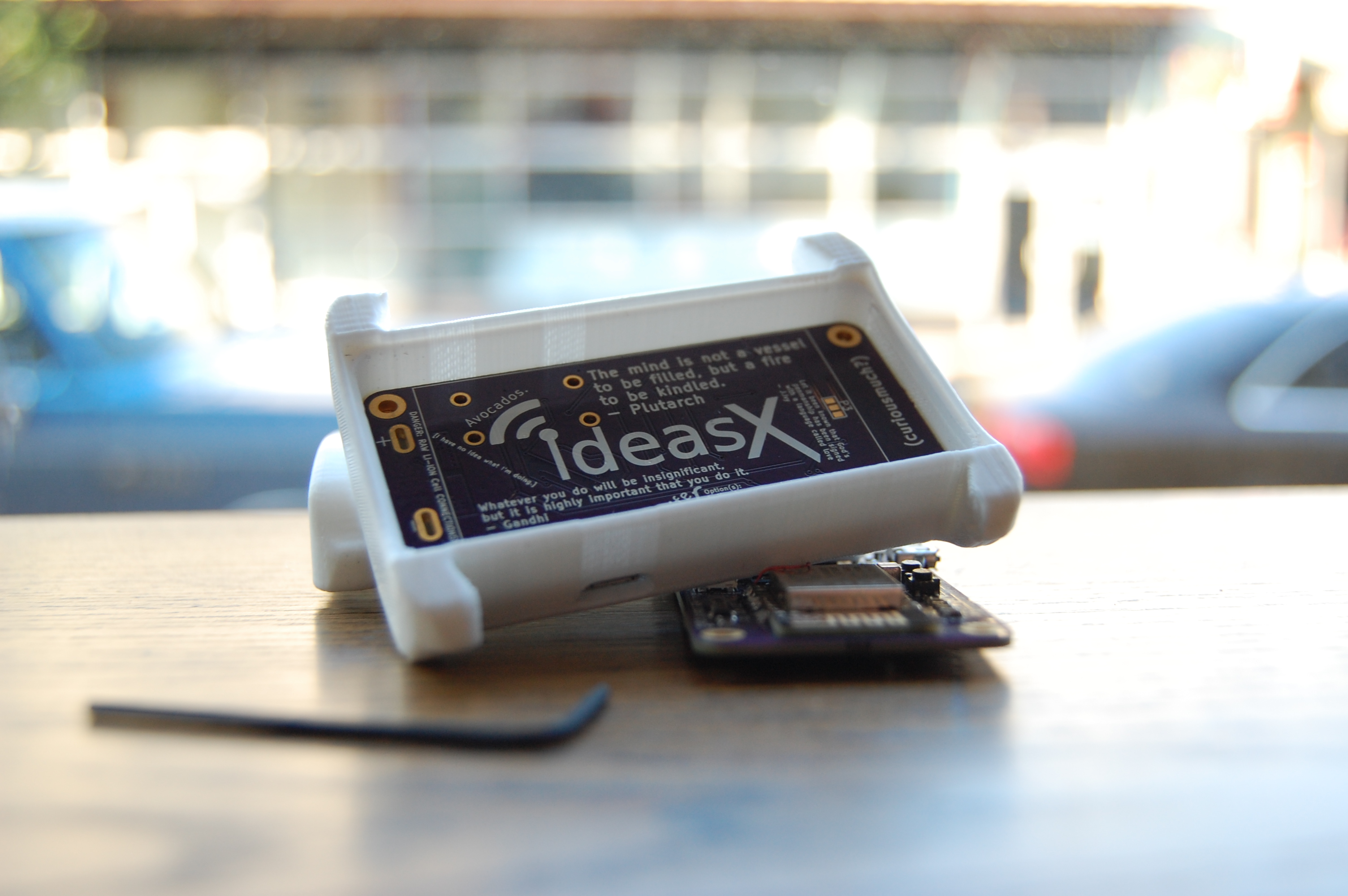
Background
Understanding the objectives of IdeasX requires a background of the problems similar assistive technology is attempting to solve, and the current solution set developed by industry.
The purpose of this technology is actually pretty simple: to provide an avenue for individuals with nearly zero vocal capabilities and an extremely limited range of motion to interact with world. Fundamentally, this technology is an interpreter except instead of translating languages we are translating a diminished range of motion into something a computer can understand.
This type of technology is not new and has been around for decades. Unfortunately, it is rather cost prohibitive, archaic, and clunky due to a lack of market competition. The U.S. market for assistive technology (targeted towards individuals with severe motor disabilities and/or on the autistic spectrum) is currently dominated by two entities: Don Johnston and AbleNet.
Don Johnson
Don Johnson develops software products for computer and mobile devices specifically designed to be maneuverable with limited user input. Remember, these are individuals which do not have the ability to navigate the digital realm with a mouse and keyboard; therefore, the software has to be usable with as little input diversity as one to two keystrokes. Don Johnson only sells a single hardware product called the Switch Interface Pro 6 (I like to call it SWIP6) which retails around 100 US dollars.
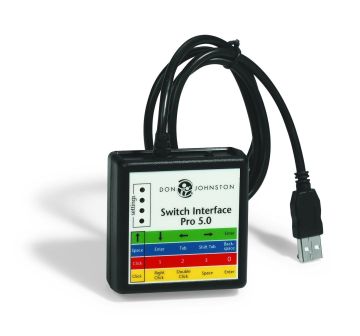
The SWIP6 is basically a glorified USB keyboard with 5 jacks. The jacks connect to sensors that users can activate. When a sensor is activated the SWIP6 sends a keystroke to the computer, and if the computer is loaded with Don Johnston software, this system is enough for a decent user experience. The sensors can range from something as complex as a blink activated switch to a simple button.
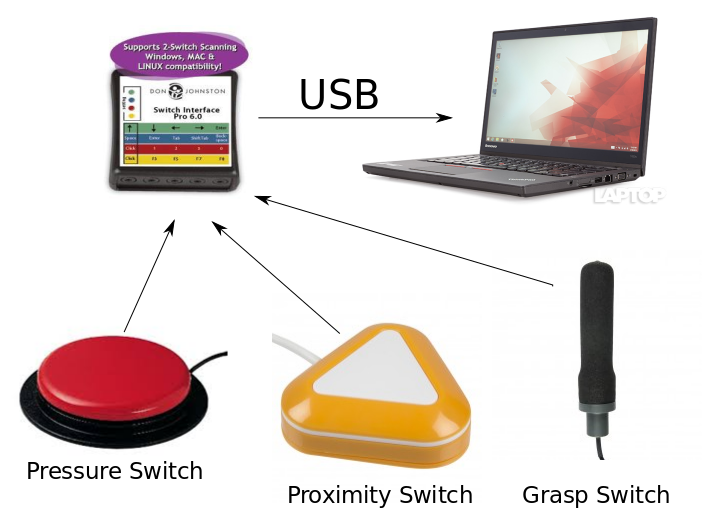
AbleNet
AbleNet sells hardware. They produce sensors which can used with the SWIP6, and therefore Don Johnson software, but also other devices which the sensors can directly plug into and manipulate. Combined with the SWIP6, the goods they sell can do some pretty amazing things.
Here are few other products in their line up.


As you can see from the samples of AbleNet’s product line above, despite being produced for a wicked good cause, the sensors are rather ehhh…retro in their style, functionality, and pricing? $230 will give you the Jelly Beamer wireless pushbutton switch. If you would like to use the wireless switch with Don Johnson’s software, you’ll still need the SWIP6 which is another $100. You want to use this switch with a cellphone? If you have an iPhone you can purchase the switch adapter for $190. Don’t have an iPhone? Well, you’re out of luck, but they do offer a BLE capable switch for $185. AbleNet has some great ideas, but I feel their products are bit unpolished, dated, and are too rigid in functionality..
Grand Issue
Despite my complaints (I can complain about anything), AbleNet is doing an honest job and delivering what the market expects…otherwise they wouldn’t be in business and stuff. Nevertheless, the lack of competition has stalled the market. User’s don’t know what modern technology has to offer, and current manufactures have little incentive to adjust profit margins and take the risk of funding new innovative solutions…and honestly, a lot has happened since the Jelly Beamer was developed. Technology has improved. Smart phones are now available that are infinitely more capable than the Jelly Beamer for
DISCLAIMER: Okay, I don’t actually know the amount assistive technology manufactures are making. It might be so little, that 230 USD is minimum feasible amount they can sell the good for and offer support.
IdeasX
The aim of IdeasX is to advance assistive technology into the 21st century through development of an open platform for connected assistive devices which can be deployed in domestic and institutional settings. Inexpensive, adaptive, multi-functional devices to populate the platform, and an inclusive attitude which will hopefully foster competition in the assistive technology market.
Connected
Wires are inconvenient for everyone. Devices developed for IdeasX will included wireless functionality as a standard and not a $100 option, but don’t worry my tin-foil-hatted-new-fangled-device-with-batteries-that-always-die-friends, the devices currently under development support encryption and will include the ability to be wired also.
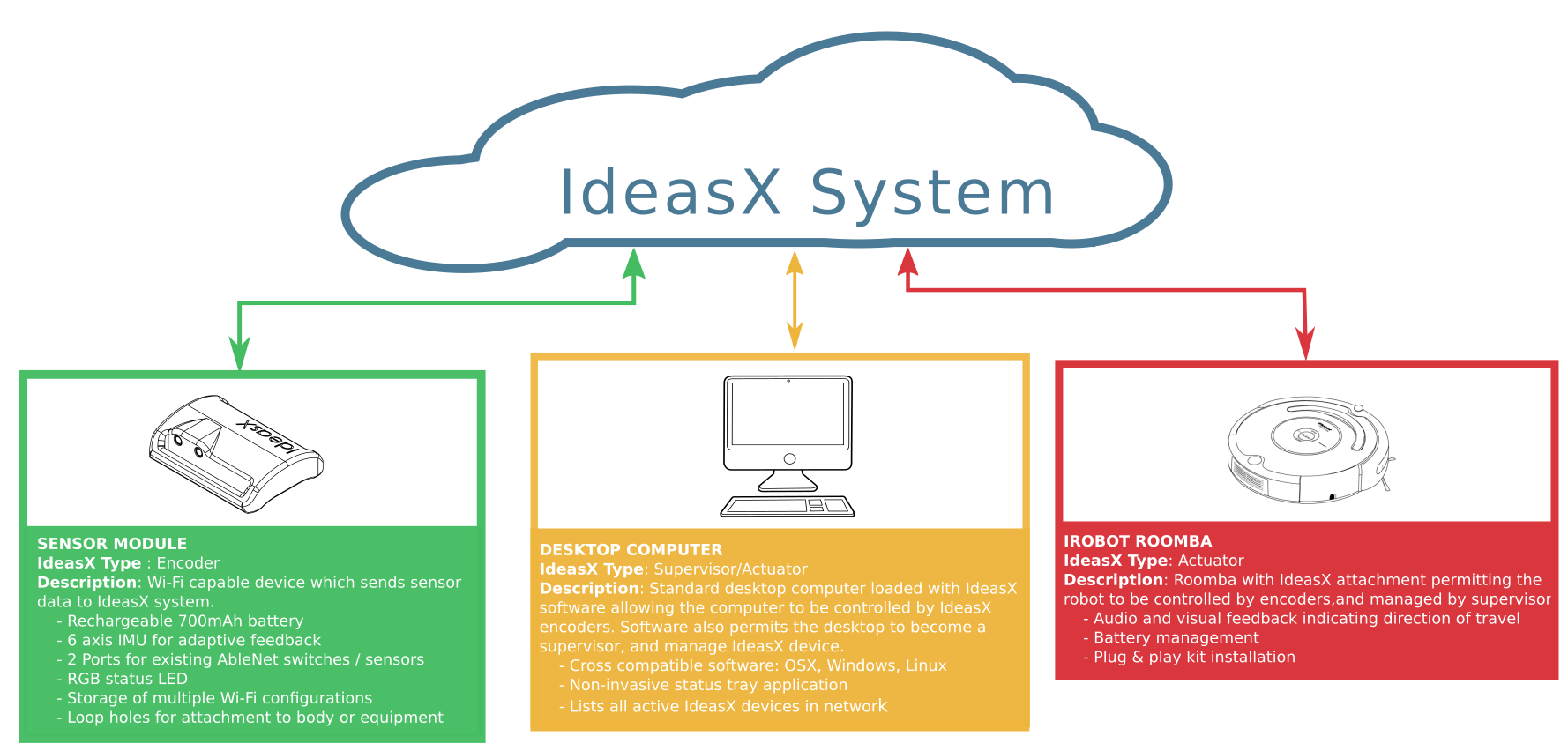
IdeasX devices will connect to the IdeasX system (cough, cough cloud) through Wi-Fi. Wi-Fi is ubiquitous among computers and mobile devices. If you’re under financial strain you’re more likely to have a mobile device instead of a desktop computer. Its big to be able to do both. Supporting Wi-Fi also allows devices in the IdeasX system to connect to any device in the same network: wired or wireless. This allows us to connect to any networked computer without modifying an institution’s existing infrastructure and more importantly, any networked device can now be controlled by a student’s feedback. This is a fundamental shift.
Adaptive

One of my largest gripes with existing solutions is there lack of adaptability. Everything has been modularized via hardware to the point of insanity, and nothing is built to work for the user. IdeasX devices currently under development all support OTA firmware updates. This way if the therapist thinks of a new awesome way to utilize the existing hardware, we can push a software update and boom! The 1st device under development which will detect feedback from users (we call them encoders) will feature ports to be backward compatible with existing technology sold by AbleNet, but also an IMU to detect motion, tilt, and position directly.
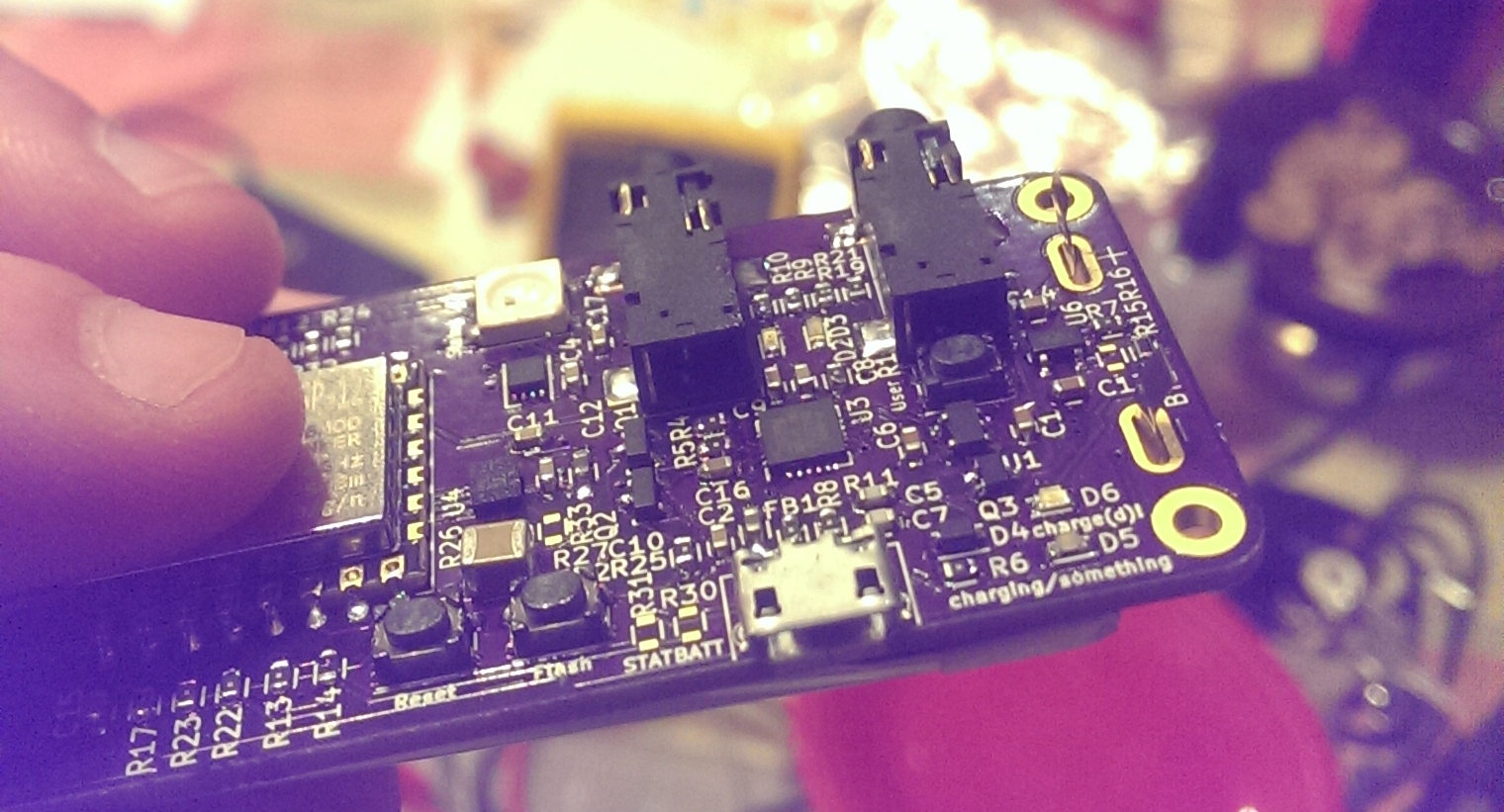
Manageable
Institutions dedicated to students with C.P. such as H.M.S. and John G. Leach school support a large number of students, and will likely have an angry storm of connected devices to manage. IdeasX will incorporate management software which can be installed on iOS, Android, Windows, and OSX. The management software will allow Therapists to configure parameters of IdeasX device’s (sensitivity, sensing method, paired device, etc) and monitor the condition of the devices (RSSI and battery life). The elimination of wires and tracking features will increase the efficiency of therapists utilizing existing wired solutions and ease the wireless storm.
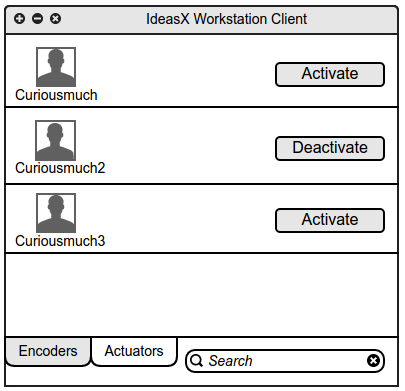
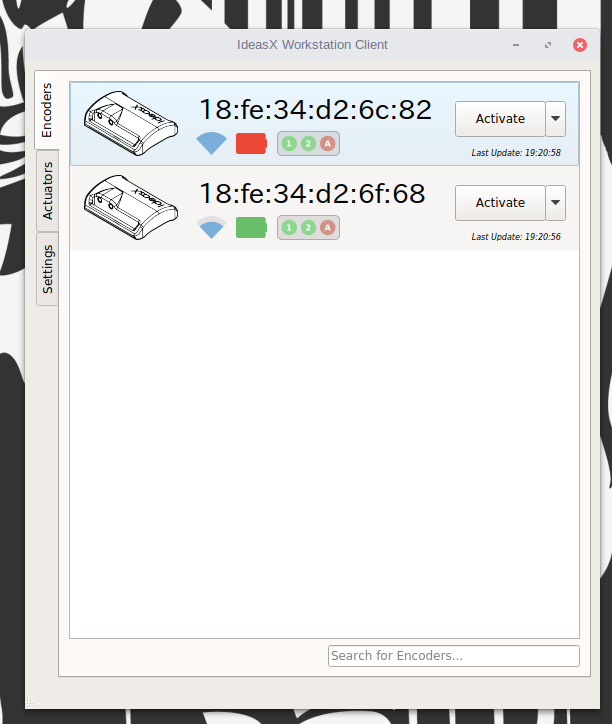
Cost Effective
IdeasX will be utilizing commercially available products whenever possible. For example, the $200+ Power Link 4 will be replaced with a $20 Wi-Fi controllable switch via a software update, and we already have plans for a kit which will convert your Roomba into mobile platform students can control.
Open and Exponential
IdeasX started though a windy road of senior design project and open source software. Keeping with it’s roots, IdeasX aims to foster technical education for students and remain an open source system.